- June 10, 2023
Old Transport Vehicles

Discovering the Charm of Vintage Transport Vehicles:
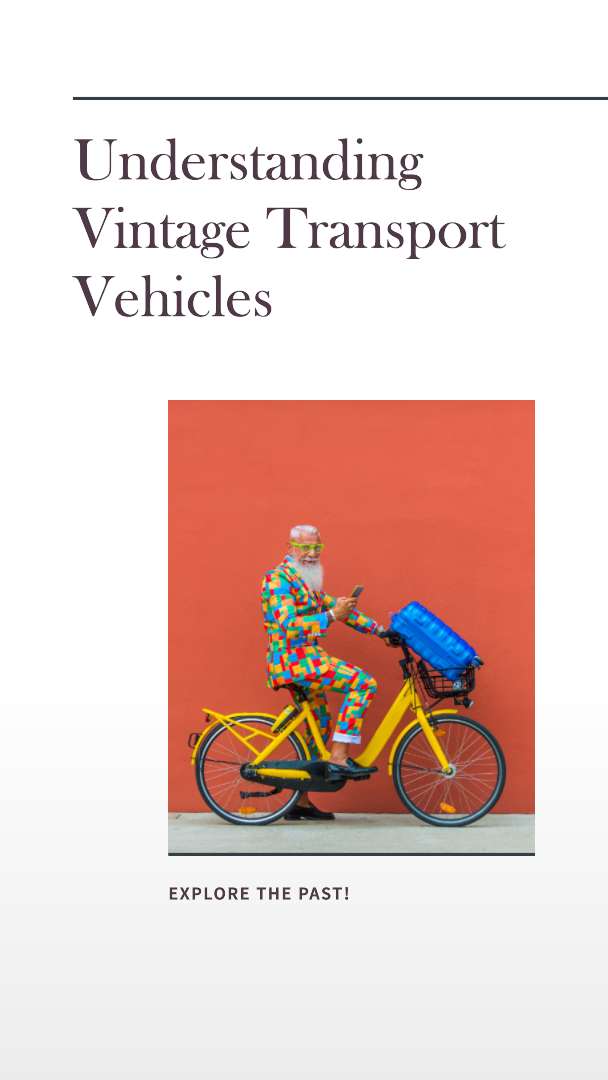
Introduction:
Old Transport Vehicles.Vintage transport vehicles hold a nostalgic appeal, reminding us of an era when transportation was more simple and elegant. Exploring and finding these old gems can be an exciting adventure. In this article, we will delve into the world of old transport vehicles, providing you with insights on how to find them, their historical significance, and the joy of owning and preserving these timeless treasures.
I. Understanding Vintage Transport Vehicles:
1.1 Defining Vintage Transport Vehicles 1.2 Historical Significance and Cultural Impact 1.3 Types of Vintage Transport Vehicles (Cars, Motorcycles, Bicycles, Boats, Trains)
II. Where to Find Vintage Transport Vehicles:
2.1 Classic Car Shows and Auctions 2.2 Online Platforms and Auction Websites 2.3 Local Classified Ads and Newspapers 2.4 Vintage Vehicle Clubs and Associations 2.5 Networking with Enthusiasts and Collectors
III. Factors to Consider when Buying a Vintage Transport Vehicle:
3.1 Condition and Restoration Requirements 3.2 Rarity and Historical Value 3.3 Budget and Affordability 3.4 Maintenance and Spare Parts Availability 3.5 Authenticity and Documentation
IV. Preserving and Restoring Vintage Transport Vehicles:
4.1 The Importance of Preservation 4.2 Finding Reliable Restoration Experts 4.3 Authenticity and Originality 4.4 Maintenance and Upkeep 4.5 Showcasing Vintage Vehicles at Events and Exhibitions
V. The Joy of Owning a Vintage Transport Vehicle:
5.1 Nostalgia and Sentimental Value 5.2 Community and Social Connections 5.3 Learning and Sharing History 5.4 Driving and Experiencing Vintage Charm 5.5 Appreciation and Investment Value
What Transport was used in the Olden Days:
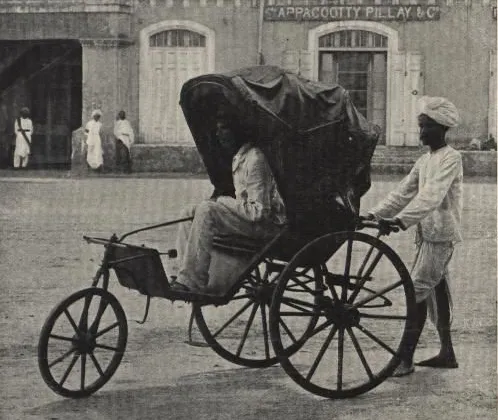
1. Ancient Foot Travel:
Long before the advent of complex transportation systems, walking served as the primary mode of travel for our ancestors. Ancient humans relied on their own two feet to traverse vast distances, exploring new territories, and establishing trade networks. This mode of transportation offered a flexible and accessible means of travel, allowing individuals to adapt to diverse terrains and climates.
2. Animal-Drawn Vehicles:
As civilizations progressed, humans began harnessing the power of animals to aid in transportation. Domesticated animals such as horses, camels, oxen, and elephants were trained to pull carts, chariots, and wagons. These animal-drawn vehicles facilitated the movement of goods and people, enabling longer journeys and improving the efficiency of trade routes. The chariots, widely used by ancient civilizations like the Egyptians and Greeks, not only provided transportation but also played a crucial role in warfare.
3. Waterborne Transportation:
Waterways served as natural conduits for transportation, offering a means of travel over long distances. Ancient civilizations developed various watercraft, including rafts, canoes, sailboats, and galleys, to navigate rivers, lakes, and oceans. The Phoenicians, renowned seafarers, developed advanced sailing ships, while the Vikings crafted sturdy longships for exploration and conquest. Waterborne transportation facilitated trade, cultural exchange, and colonization, playing a pivotal role in the growth and expansion of civilizations.
4. Ancient Roads and Highways:
The establishment of well-constructed roads and highways marked a significant milestone in the development of transportation. Ancient civilizations, such as the Romans, constructed vast road networks, including the famous Appian Way, which facilitated trade, communication, and the movement of armies. These roads were typically made of compacted earth, gravel, or stone, enabling smoother travel for pedestrians, carts, and horses. The existence of reliable road systems enhanced connectivity and played a crucial role in the growth and stability of empires.
5. Early Mechanical Innovations:
The olden days also witnessed the emergence of early mechanical innovations that transformed transportation. In ancient China, the invention of the wheelbarrow revolutionized the movement of heavy loads,
while the development of basic suspension systems in chariots improved comfort and stability. Additionally, the use of sledges in regions with snowy terrain allowed for easier transportation during harsh winters. These inventions laid the foundation for future advancements in transportation technology.
What is the Oldest Transportation:
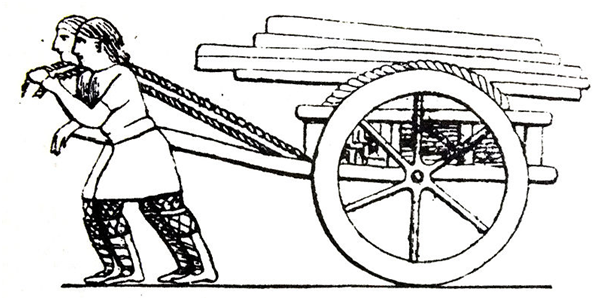
1: Prehistoric Foundations:
The earliest form of transportation can be traced back to prehistoric times when humans first discovered the concept of mobility. Our early ancestors relied on their own two feet for transportation, walking vast distances in search of sustenance and shelter. As they honed their survival skills, they also devised primitive methods to carry goods, such as using slings and carrying poles. These rudimentary tools laid the groundwork for future transportation innovations.
2: Animal-Powered Transport:

As civilizations emerged, humans recognized the potential of animal power. The domestication of animals like horses, oxen, and camels revolutionized transportation. These animals were harnessed to pull heavy loads, transport people, and enhance trade. The introduction of the wheel in ancient Mesopotamia further expanded the possibilities, leading to the creation of early carts and chariots. Such advancements enabled the transport of larger quantities of goods and heralded the rise of ancient trade routes like the Silk Road.
3: Maritime Marvels:
Human curiosity extended beyond land, propelling us to explore the vast seas. The oldest known evidence of maritime transportation dates back to the ancient Egyptians, who used reed boats to navigate the Nile River. Subsequently, Phoenician seafarers mastered the art of shipbuilding and ventured into the Mediterranean, establishing trade networks with distant civilizations. The maritime prowess of these ancient sailors laid the foundation for global exploration and trade in subsequent centuries.
4: Early Wheeled Vehicles:
The invention of the wheel marked a turning point in transportation history. Early wheeled vehicles emerged in ancient Mesopotamia around 3500 BCE, introducing a new era of land transport. These early carts, typically pulled by oxen or donkeys, allowed for increased mobility and the transportation of heavy loads. Over time, chariots became prevalent in ancient societies, serving as both prestigious symbols of power and efficient military vehicles.
5: Innovations in Ancient Civilizations:
Various ancient civilizations contributed to the development of transportation. The Romans constructed an extensive road network known as the Appian Way, facilitating trade, communication, and military operations throughout their vast empire. In China, the invention of the wheelbarrow during the Han Dynasty enhanced agricultural productivity and eased transportation of goods. Meanwhile, the Inca civilization in South America built an intricate system of roads, bridges, and couriers to connect their vast empire.
Ancient Transport Systems A Glimpse into the Past:
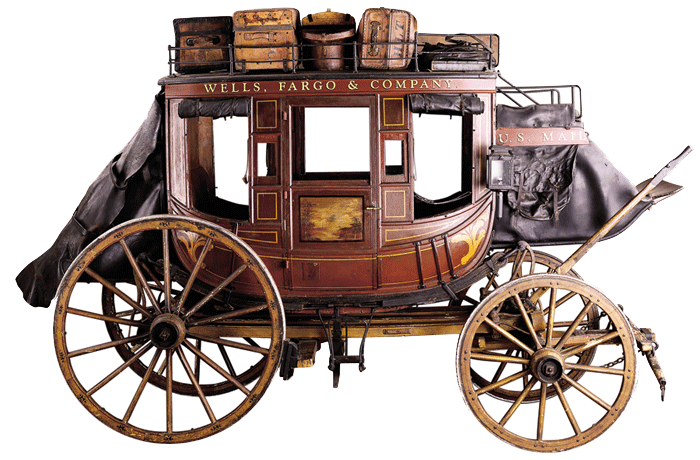
1. Ancient River Transport Systems:
a. Mesopotamia: The Cradle of Civilization Mesopotamia, the land between the Tigris and Euphrates rivers, witnessed the emergence of one of the earliest river transport systems. The ancient Mesopotamians built irrigation canals, which not only facilitated agriculture but also served as transportation routes for trade. Boats made of reeds, known as coracles, were widely used for river transport and commerce.
b. Egypt: Sailing the Nile The ancient Egyptians heavily relied on the Nile River for transportation. The Nile’s predictable annual flooding created a network of canals and channels, allowing boats to navigate easily. Egyptians built different types of boats, including sailboats and rowing boats, to transport goods, people, and even monumental stone blocks for their architectural projects.
2. Ancient Road Networks:
a. Roman Roads: Engineering Marvels The Romans constructed an extensive road network across their vast empire. These roads, known as “viae,” were meticulously planned and constructed using durable materials such as gravel and paving stones. The Roman road system facilitated military movements, trade, and communication, contributing to the empire’s unity and prosperity.
b. Inca Road System: The Great Andean Network The Inca civilization in South America developed an impressive road system that spanned over 24,000 miles. Known as the “Qhapaq Ñan,” these roads traversed diverse terrains, including mountains and jungles. The Inca roads were crucial for communication, administrative control, and facilitating the movement of goods and armies within their empire.
3. Ancient Maritime Trade:
a. Phoenician Ships: Masters of the Sea The Phoenicians, renowned seafarers of the ancient world, established a vast maritime trade network across the Mediterranean. They built innovative ships, such as the trireme and bireme, which allowed them to navigate long distances and transport goods efficiently. The Phoenician trade routes connected various civilizations, enabling the exchange of goods, ideas, and cultural influences.
b. Indian Ocean Trade: A Global Exchange The ancient Indian Ocean trade network connected East Africa, the Arabian Peninsula, the Indian subcontinent, and Southeast Asia. Sailors from these regions used monsoon winds to navigate the ocean, facilitating trade in precious commodities such as spices, silk, and gemstones. This maritime trade network played a pivotal role in shaping the economic and cultural history of the ancient world.
4. Ancient Aerial Transport:
a. Hot Air Balloons: An Ancient Flight Experiment Although not a widespread means of transport, hot air balloons have a long history dating back to ancient China. The Chinese used lanterns filled with hot air to create the earliest form of a balloon. While these devices were primarily used for signaling, they laid the foundation for the development of modern hot air balloons.
Uncovering the Names of Old Transport Vehicles:
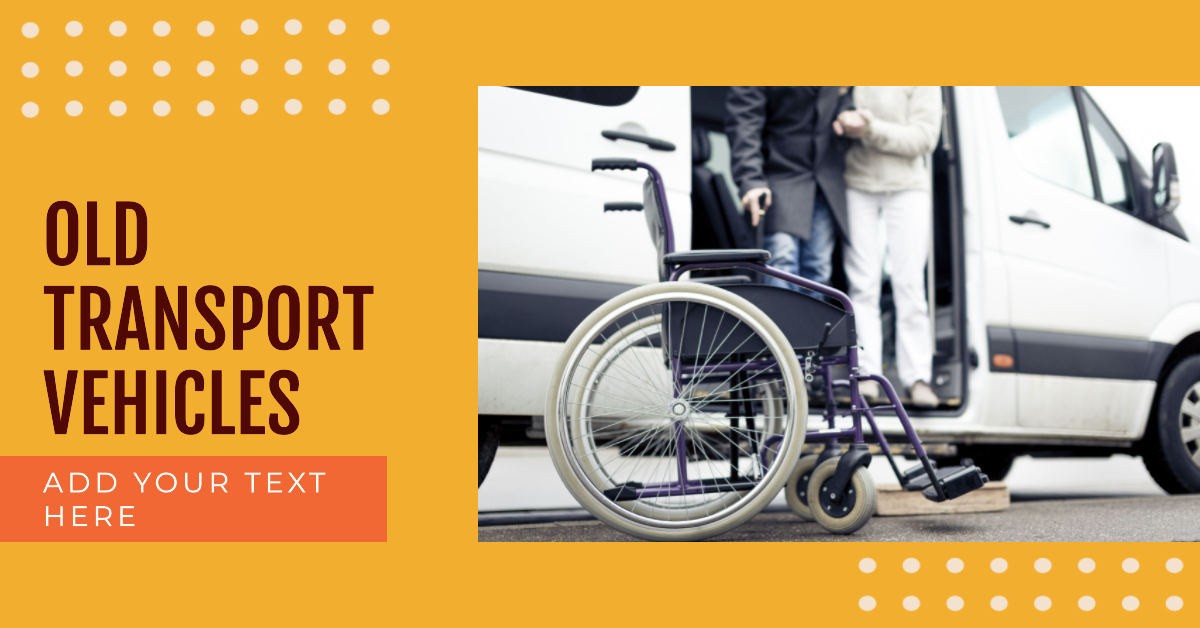
I. The Dawn of Transportation:
1.1 Early Human-Powered Vehicles:
· Chariots: Tracing back to ancient civilizations such as Egypt and Mesopotamia, chariots played a vital role in early transport.
· Sedan Chairs: A mode of transportation popular in medieval times, sedan chairs were carried by people.
1.2 Animal-Powered Vehicles:
Horse-drawn Carriages:
These elegant vehicles were a common sight during the 18th and 19th centuries, providing transportation for the aristocracy.
Ox Carts:
Used in agricultural settings, ox carts were essential for carrying heavy loads in rural areas.
II. The Advent of Steam-Powered Vehicles:
2.1 Steam Carriages:
Trevithick’s Puffing Devil:
Built in 1801, this steam-powered carriage is widely regarded as one of the first self-propelled vehicles.
Steam Locomotives:
Revolutionizing railway transportation, locomotives like George Stephenson’s “Rocket” became iconic symbols of the industrial era.
2.2 Steamboats:
Robert Fulton’s “Clermont”: Launched in 1807, this steam-powered vessel successfully navigated the Hudson River, opening up new possibilities for water transportation.
Mississippi River Steamboats: Steam-powered paddlewheelers dominated river transport in the 19th century, enabling commerce and trade along the vast waterways.
III. Transitioning to Internal Combustion Engines:
3.1 Early Automobiles:
· Benz Patent-Motorwagen: Invented by Karl Benz in 1886, this three-wheeled automobile is widely considered the world’s first practical motor vehicle.
· Ford Model T: Henry Ford’s Model T, introduced in 1908, popularized affordable automobiles, transforming transportation on a global scale.
3.2 Motorcycles:
Indian Motorcycle: Founded in 1901, Indian Motorcycle Company became one of the most renowned manufacturers during the early years of motorcycling.
Harley-Davidson: Established in 1903, Harley-Davidson motorcycles quickly gained a loyal following and still hold an iconic status today.
IV. Pioneering Commercial and Public Transport:
4.1 Trams and Streetcars:
New York City Streetcars: The New York and Harlem Railroad Company introduced horse-drawn streetcars in 1832, eventually transitioning to electric trams.
San Francisco Cable Cars: These iconic cable-driven vehicles, introduced in the late 19th century, continue to operate on the city’s steep hills, attracting tourists worldwide.
4.2 Buses and Coaches:
London General Omnibus Company: Established in 1855, this company played a pivotal role in developing horse-drawn buses, setting the stage for modern urban transportation.
Greyhound: Founded in 1914, Greyhound became the largest intercity bus company in the United States, facilitating travel across the country.
Conclusion:
As we reflect on the names of old transport vehicles, it becomes clear that these pioneering machines were instrumental in shaping the way we move today. From chariots and horse-drawn carriages to steam-powered locomotives and early automobiles, each vehicle represents a significant milestone in the history of transportation. By delving into the past, we gain a deeper appreciation for the ingenuity and vision of those who came before us, paving the way for the modern marvels we now enjoy.
